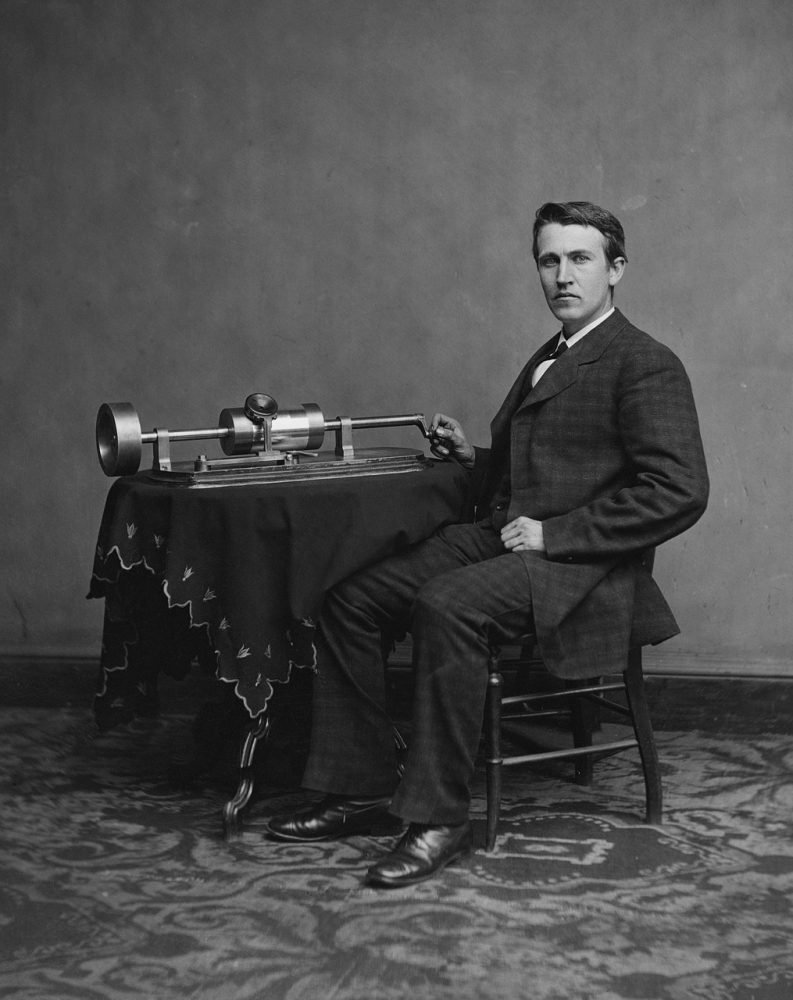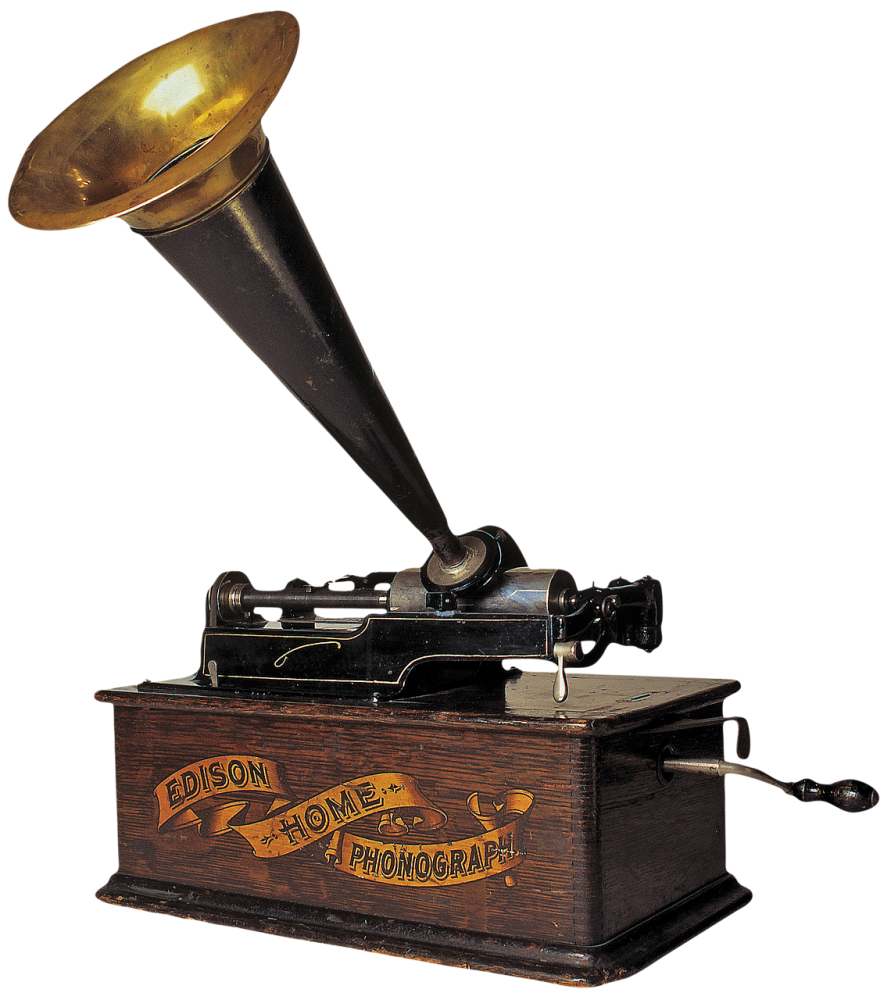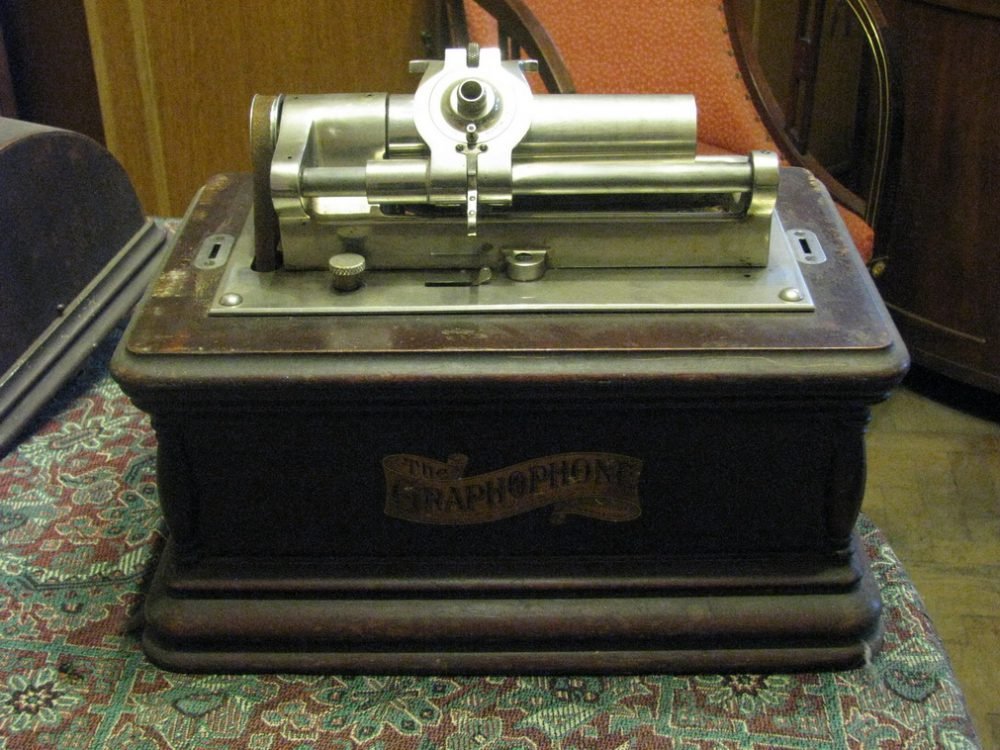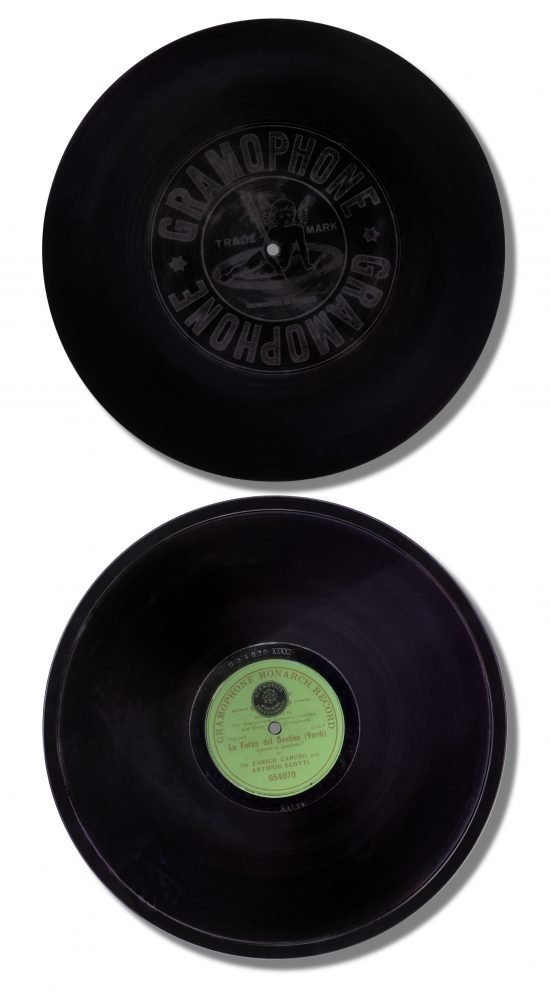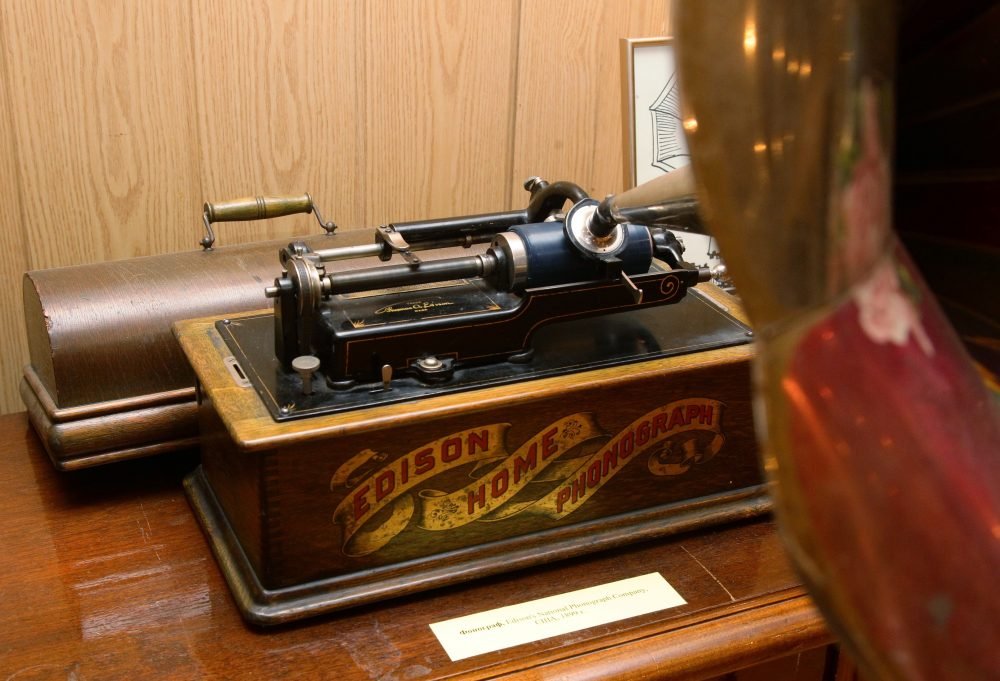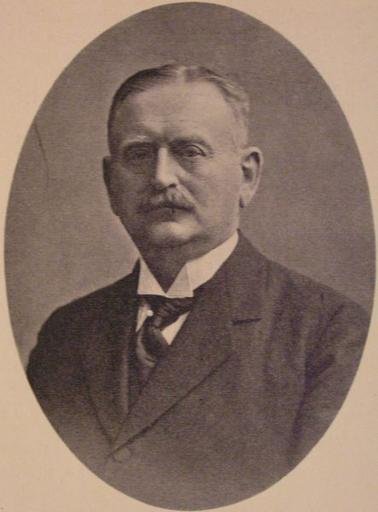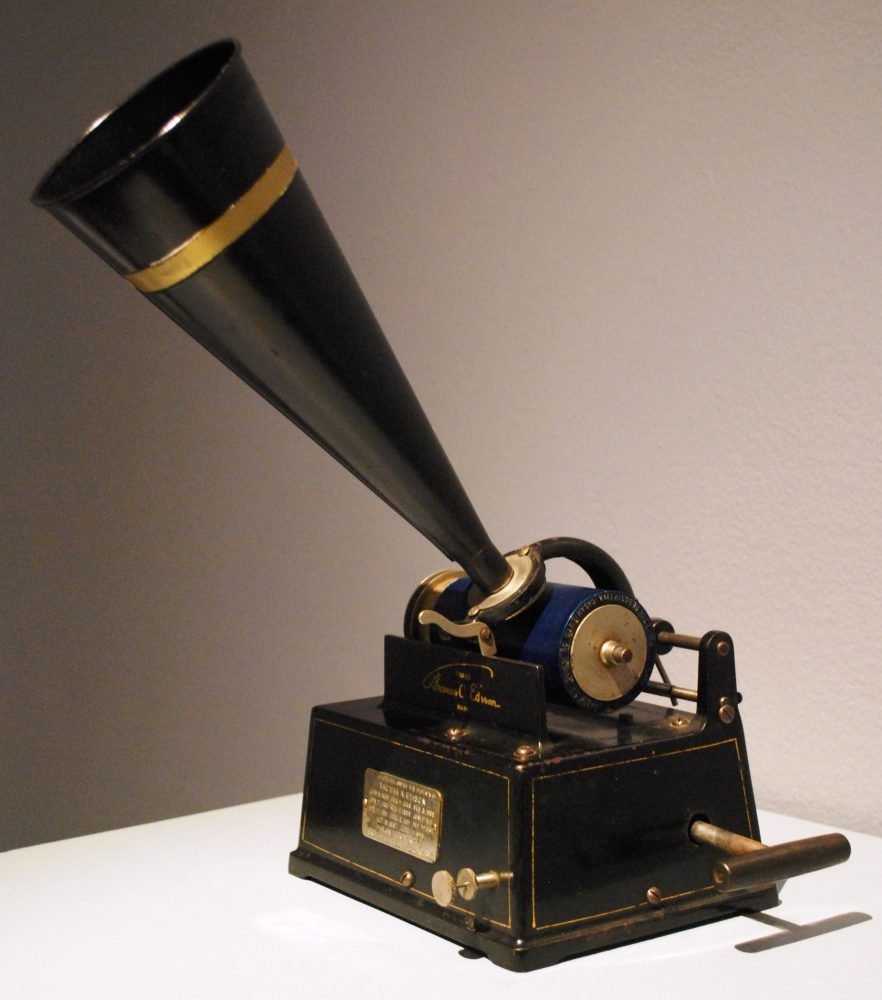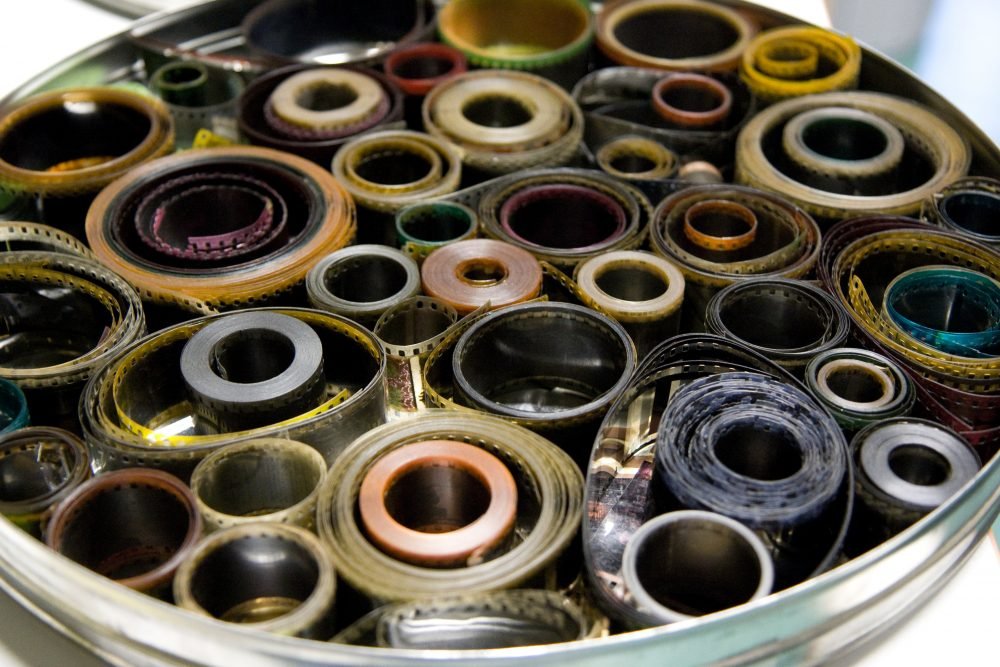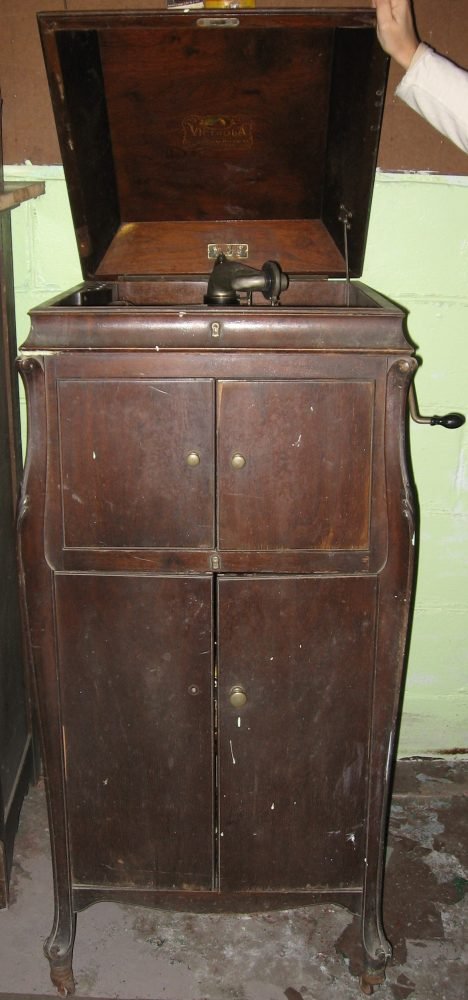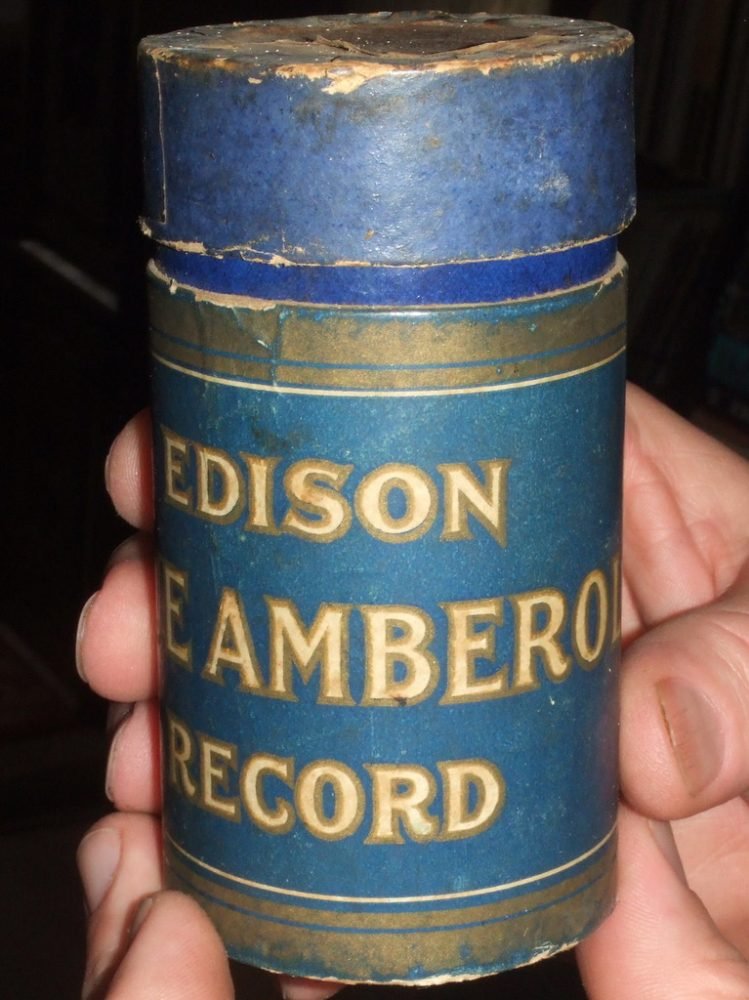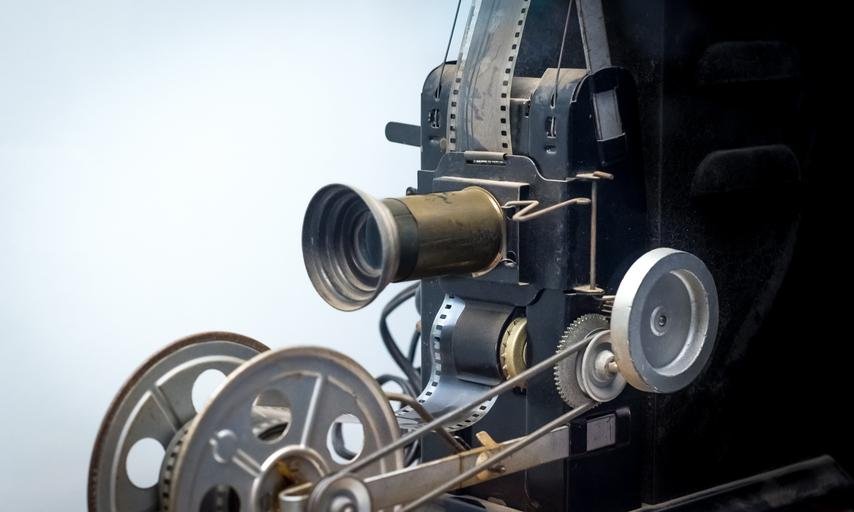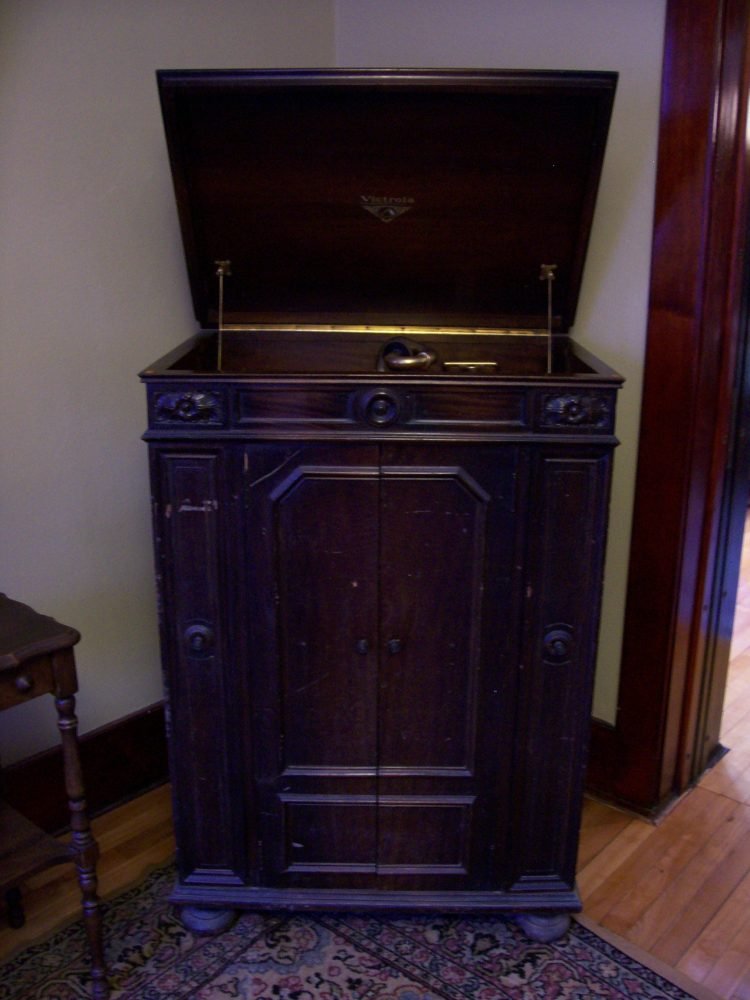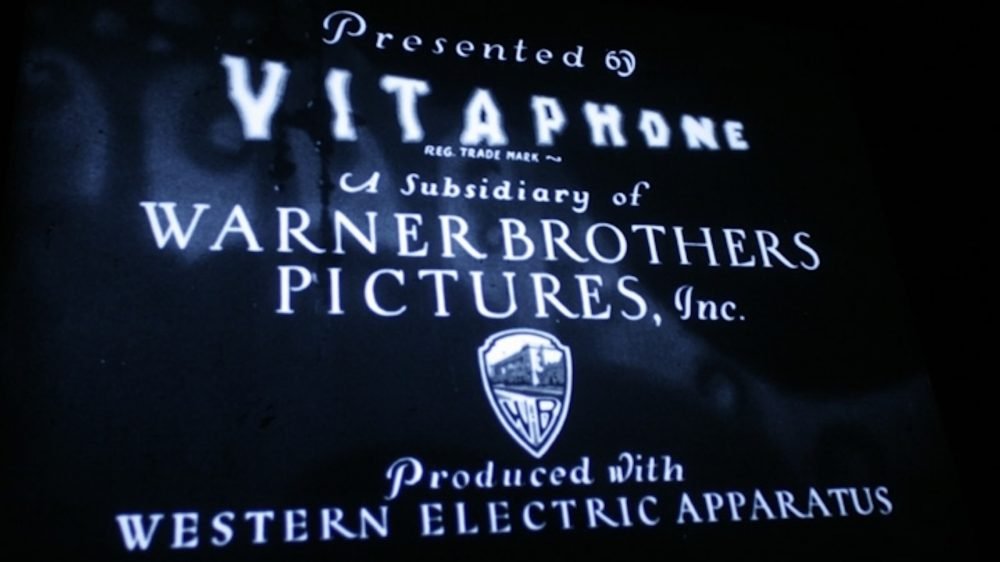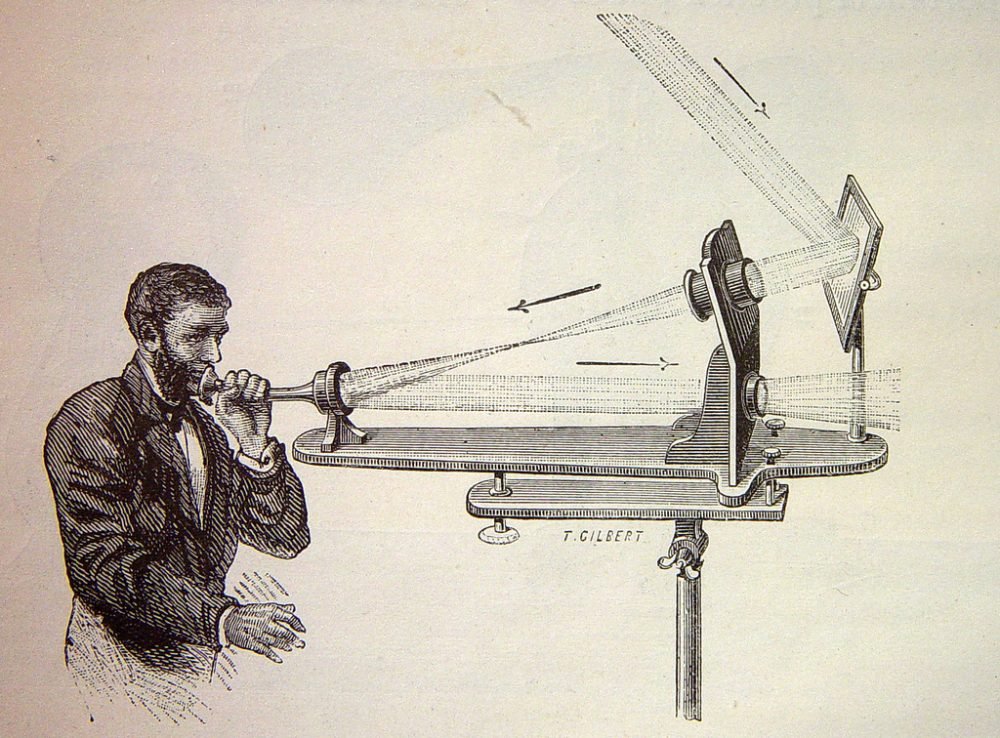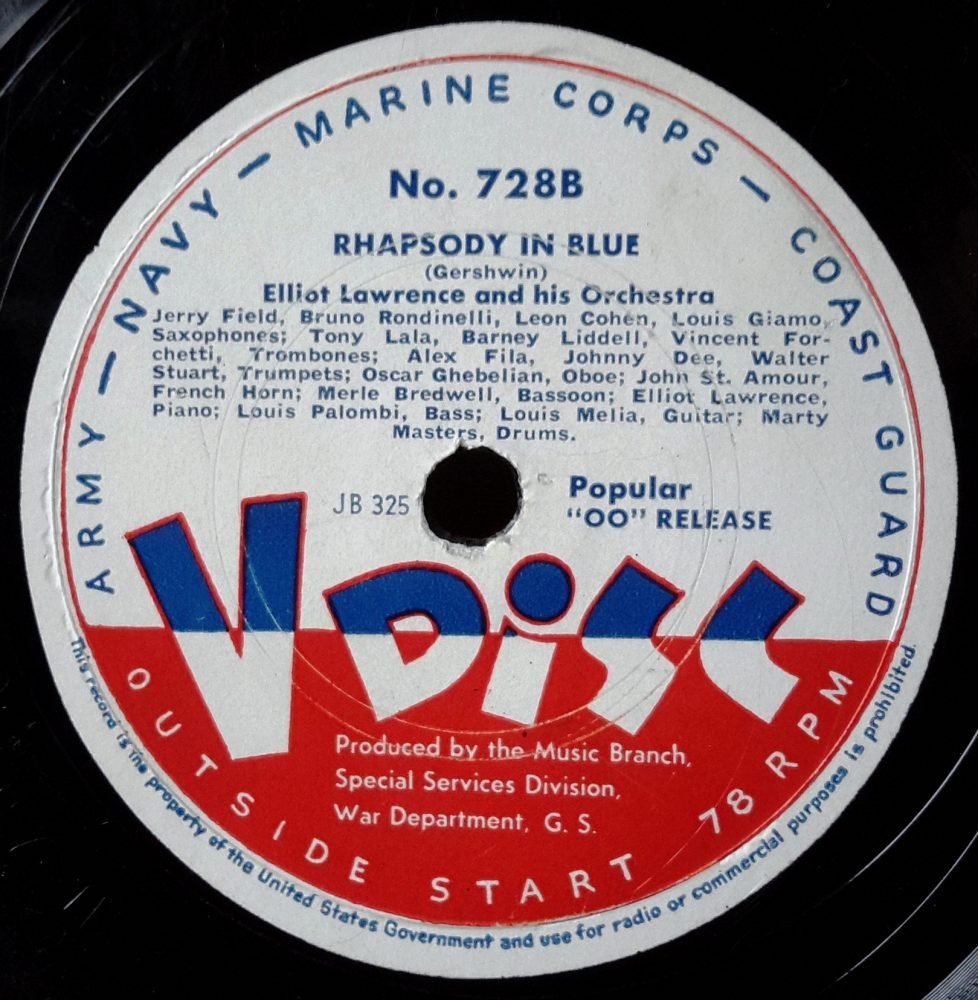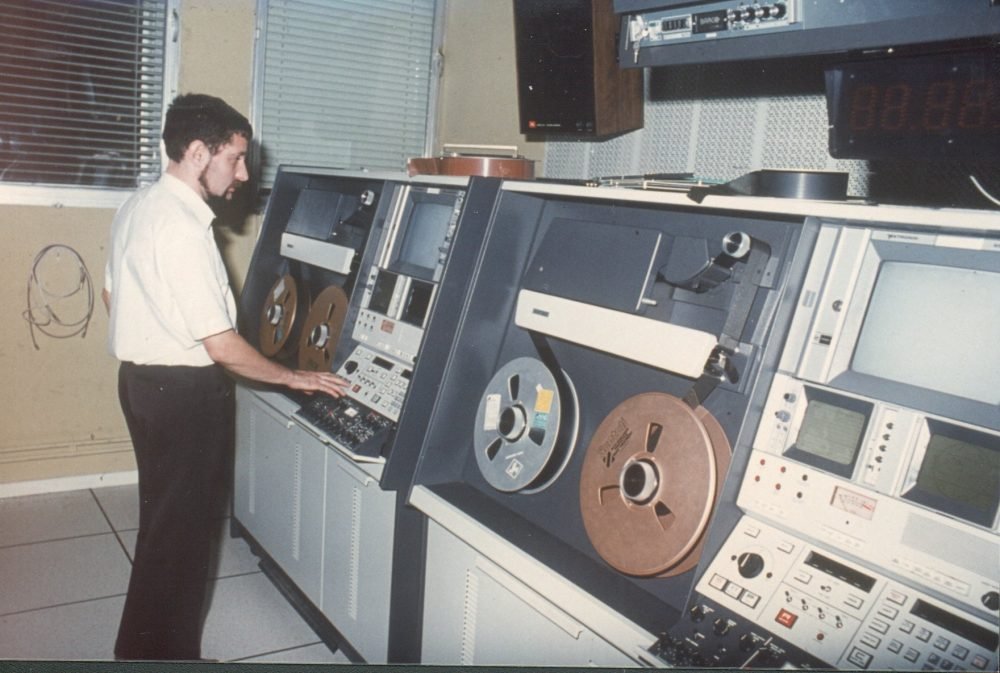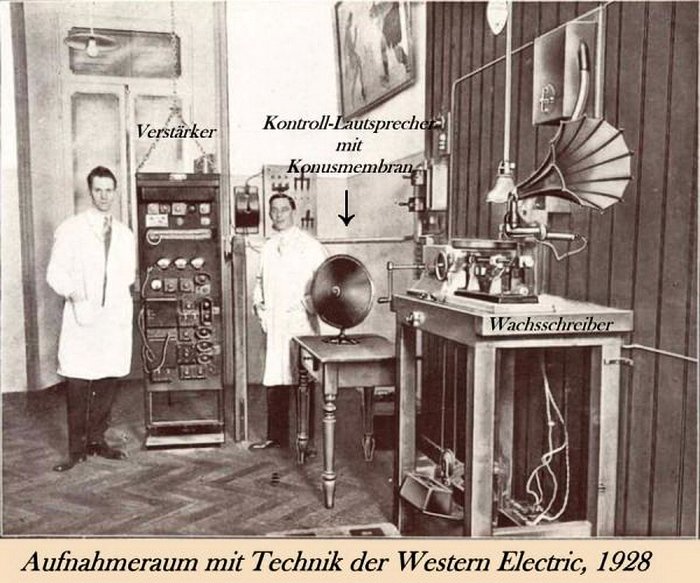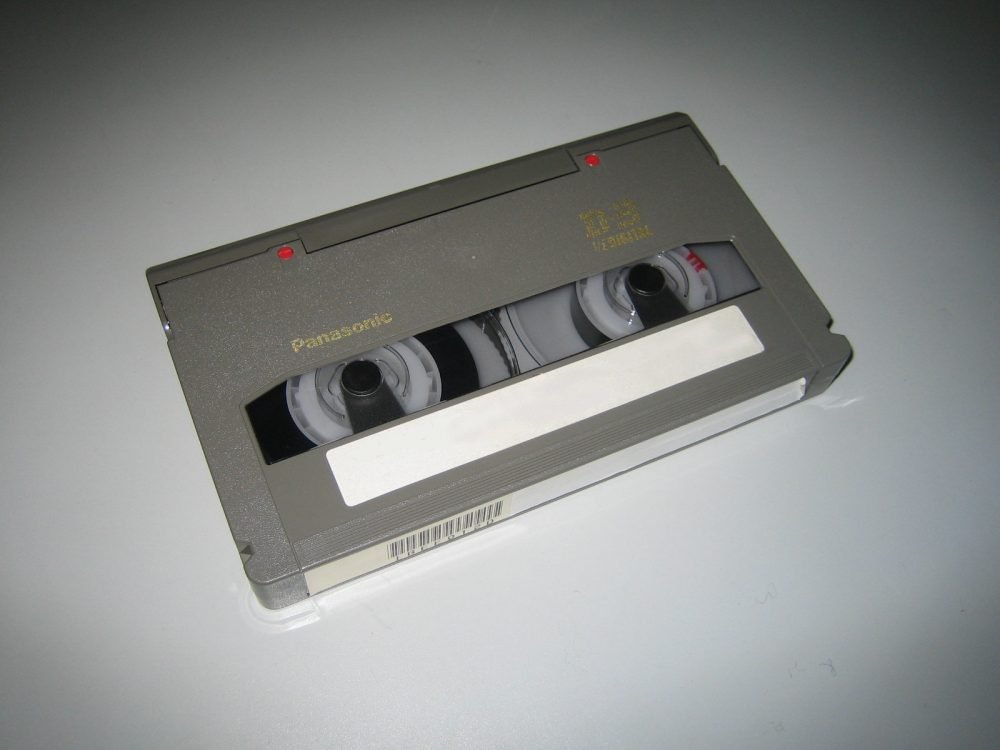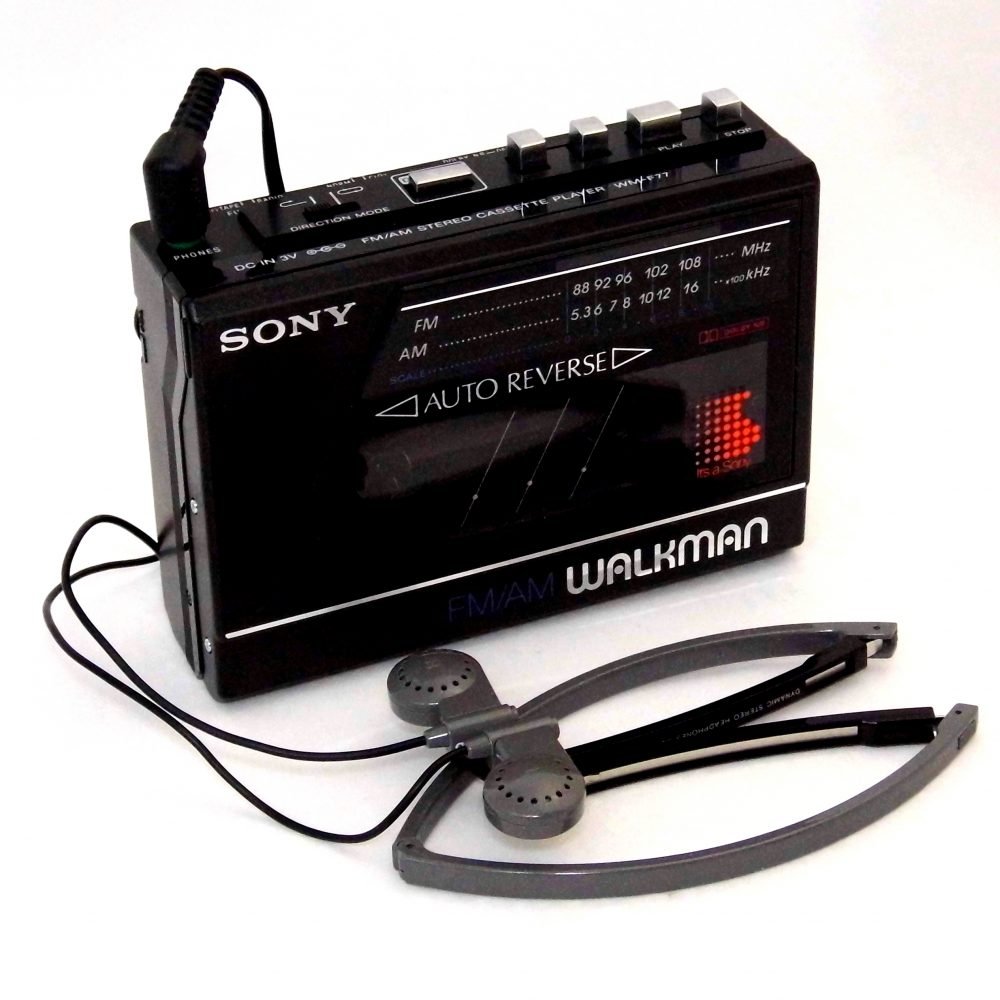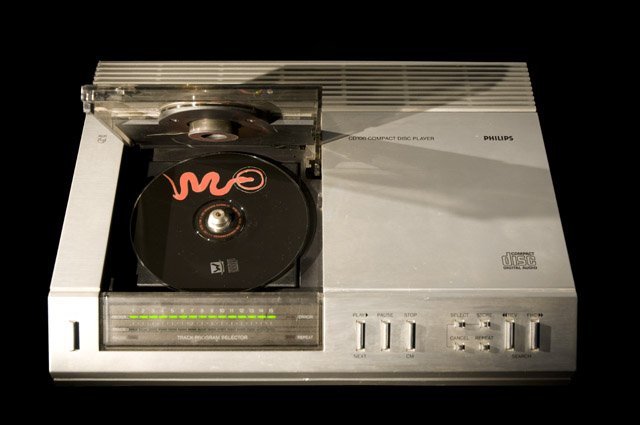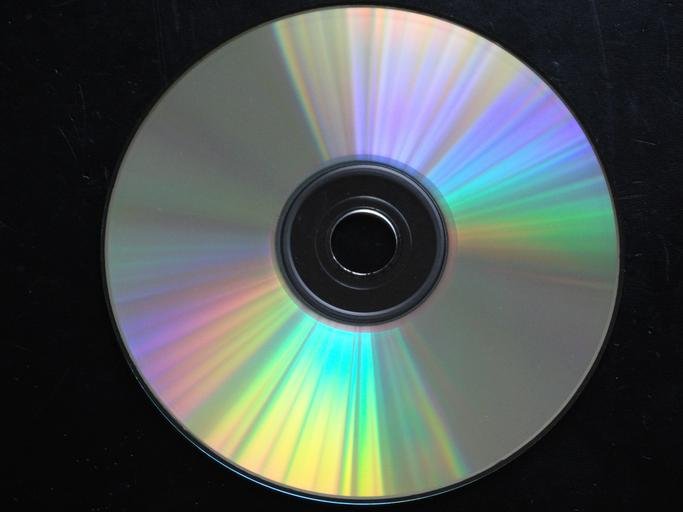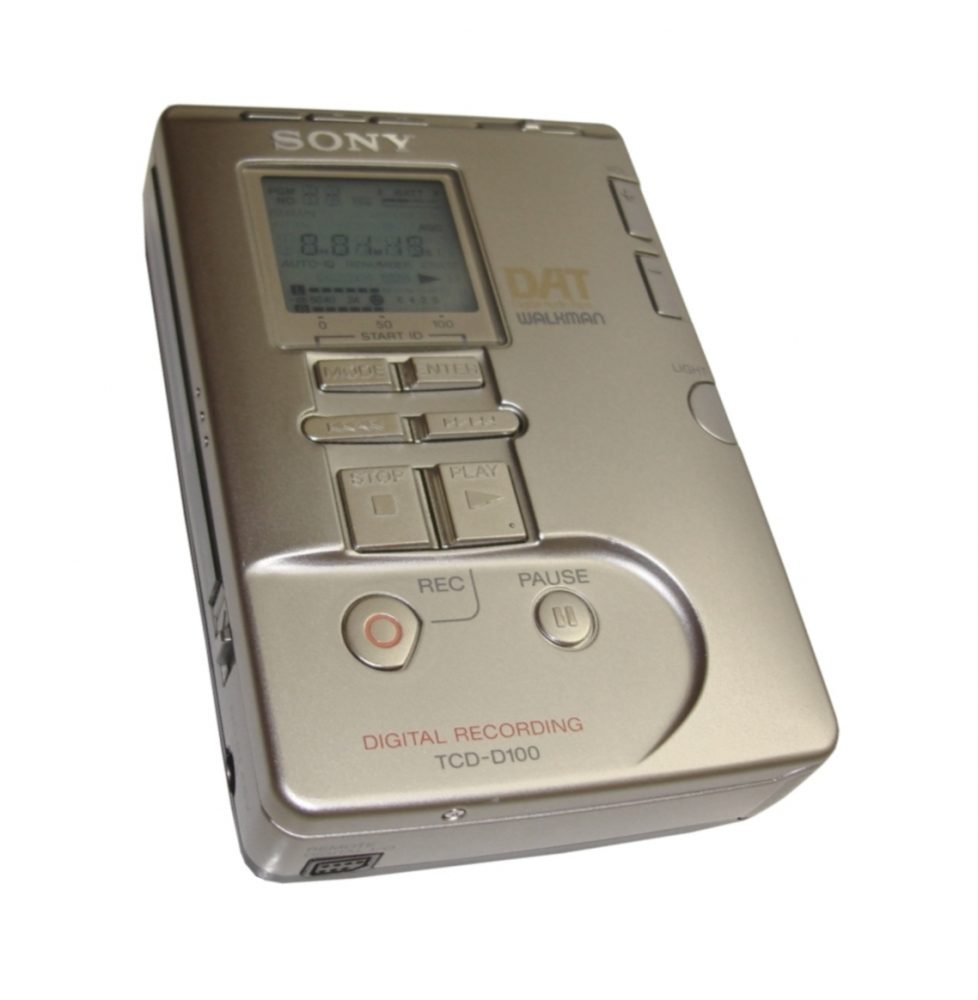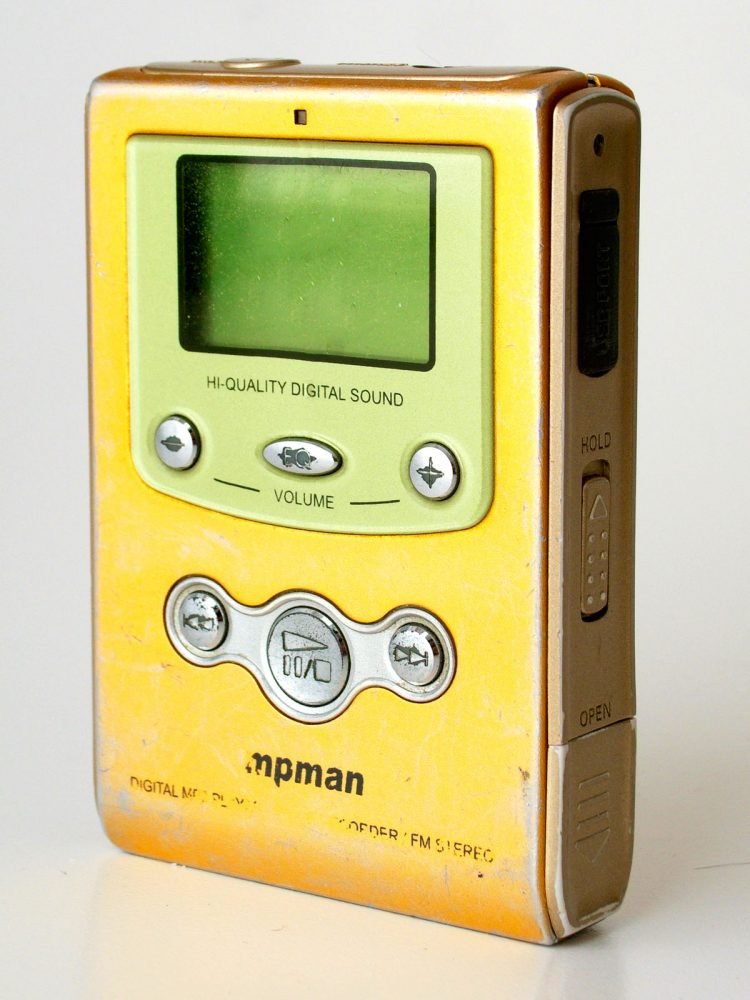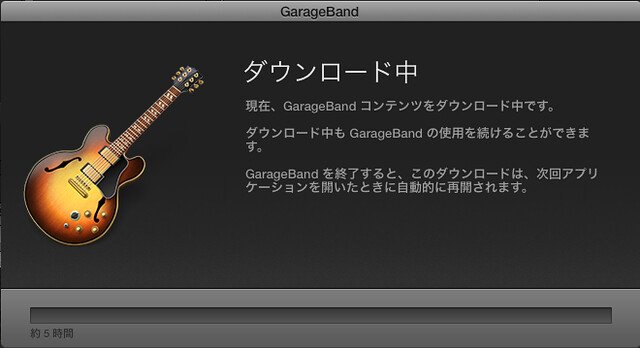Thomas Edison, considered as today’s most significant American inventor, invented the pioneer machine that is capable of recording sound. Edison accomplished this at his Menlo Park Laboratory.
It was the month of July when Edison and his staff tried the initial experiment to record sound using an indenting stylus, a telephone speaker, a diaphragm, and paper that is coated with paraffin. The experiment commenced with Edison yelling into the speaker while the paper was pulled under the styles. When the paper was pulled back via the indenting stylus, a faint recording of Edison’s yelling was captured.
December of the same year, two gentlemen named John Kruesi and Charles Batchelor worked in Menlo Park Laboratory to continue the early tinfoil phonograph. The tinfoil phonograph has been proven to be capable of both playing and recording. It was comprised of a tinfoil wrapped cylinder and a hand crank to turn the tube manually.
As a result, the funnel becomes the receiver of the sound, which is linked to a diaphragm, and on this diaphragm, a stylus is attached. When the crank is turned while the yelling happens in the funnel, the sound vibrates the diaphragm, thus moving the stylus. The stylus proceeds into pressing the sound waves into the tinfoil. The tinfoil is then eventually transferred to another diaphragm, where a stylus is attached via a subtle spring.
Based on the experiment, as the stylus was carried over to the tinfoil’s indents, the number of vibrations logged triggered the diaphragm to vibrate in the same way as the original words spoken or provided.
It was also further notated that for the sounds to be fully recognized, the crank needs to be turned at a certain speed and that only a fraction of the sound, which is one to two minutes can be recorded. It was also discovered that the tinfoil could only be used in recording a couple of times before it deteriorates and loses its captured recordings.
The next year, Edison further worked on using three more formats: the initial strip model, a cylinder, and a disc.
